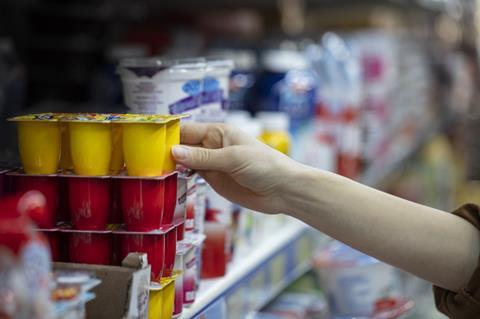
It’s a challenge to write about much but inflation at the moment. It remains one of the biggest areas of focus across fmcg, and navigating the coming months will become increasingly challenging.
Each week at IRI, we have thousands of conversations with clients all looking for advice on how to handle the inflationary environment – be that short-term price increases or the short to medium-term implications of changing shopper behaviours. The nature of these conversations has also evolved from being focused on the first six months of 2022, into recognition and acceptance that this is going to be the environment in which we live and operate for the next few years.
Inflation-related stories dominate the headlines – in the past few weeks alone the Bank of England has increased the interest base rate, we’ve appointed a ‘cost of living tsar’, and we’ve hit a 40-year high with inflation at 9.1%. It’s predicted to get worse before it gets better, as periods of inflation have done before – which is why we must focus more attention on looking further ahead and illuminating the opportunities that exist in these changing times.
To help turn a challenge into an opportunity for brand owners, at IRI we are about to launch our Inflation Resilience Playbook. The review identifies a selection of high-performing brands to explore their sources of category-leading resilience.
We identified three key behaviours high-performing brands had in common. These lessons don’t only apply to bigger players with deeper pockets – there are learnings for everyone.
They targeted consumers with greater precision
- Consumers are actively re-evaluating – for some, inflation presents an opportunity
- Understanding changing consumer behaviour reveals new pockets of growth
- Adapting to a changing demand curve is essential
They invested and executed counter-intuitively
- Don’t dismiss agile tactile options if they’re coherent with long-term strategy
- Consider phasing or reducing costly innovations
- Never compromise on brand promise
They recognised premium, mainstream and private label brands are equally vulnerable
- More premium brands will need to justify their value
- Mainstream brands need to retain current shoppers whilst also capturing new shoppers moving through the price tiers
- Private label brands need to consider the price gap between themselves and branded options
We all know times are tough, and difficult decisions will need to be made as we look ahead.
Competition continues to heat up among retailers: Sainsbury’s is committing over half a billion pounds to lower its prices and help customers manage inflation; Morrisons announced a price-cut campaign on hundreds of household essentials; and Iceland brought its 1p price promotions back for online shoppers on three food cupboard essentials.
Brands must focus on standing out for the right reasons within a competitive landscape that will see consumers become more sensitive than ever to cost implications. But as consumers deal with the cost of living crisis, their response will go beyond just price comparisons and downtrading, so tapping into other behaviours that influence purchasing decisions beyond prices, such as product quality, added benefits and value, is also key.
Amidst all this though, we must remember the fmcg industry is strong. Brands and retailers have become the masters of change in difficult times, adapting ranges and operations during the pandemic and staying abreast of varied consumer demand.
Working together to take informed decisions at the right time will serve us well, and there will be shoots of opportunity to grow as we forge ahead.



![XOXO-Product-Shot[ALL FLAVOUR]-Sky-1920x1080](https://dmrqkbkq8el9i.cloudfront.net/Pictures/274x183/4/9/2/355492_xoxoproductshotallflavoursky1920x1080_806584_crop.jpg)




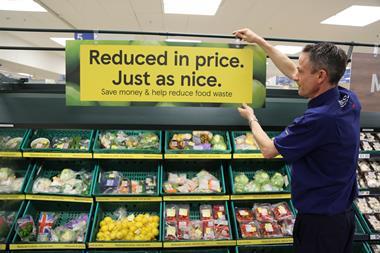
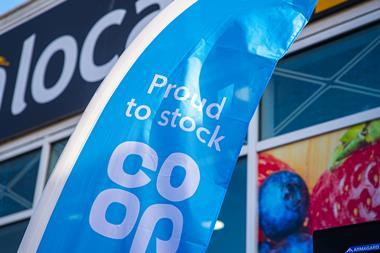

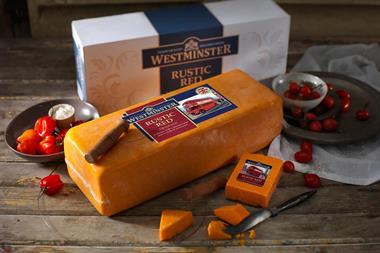
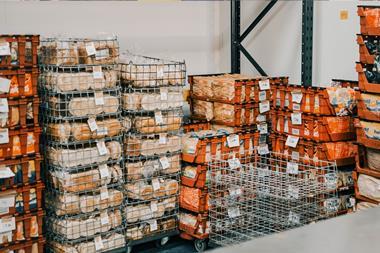


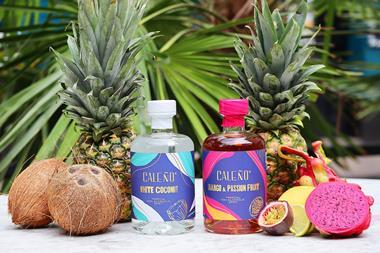



No comments yet